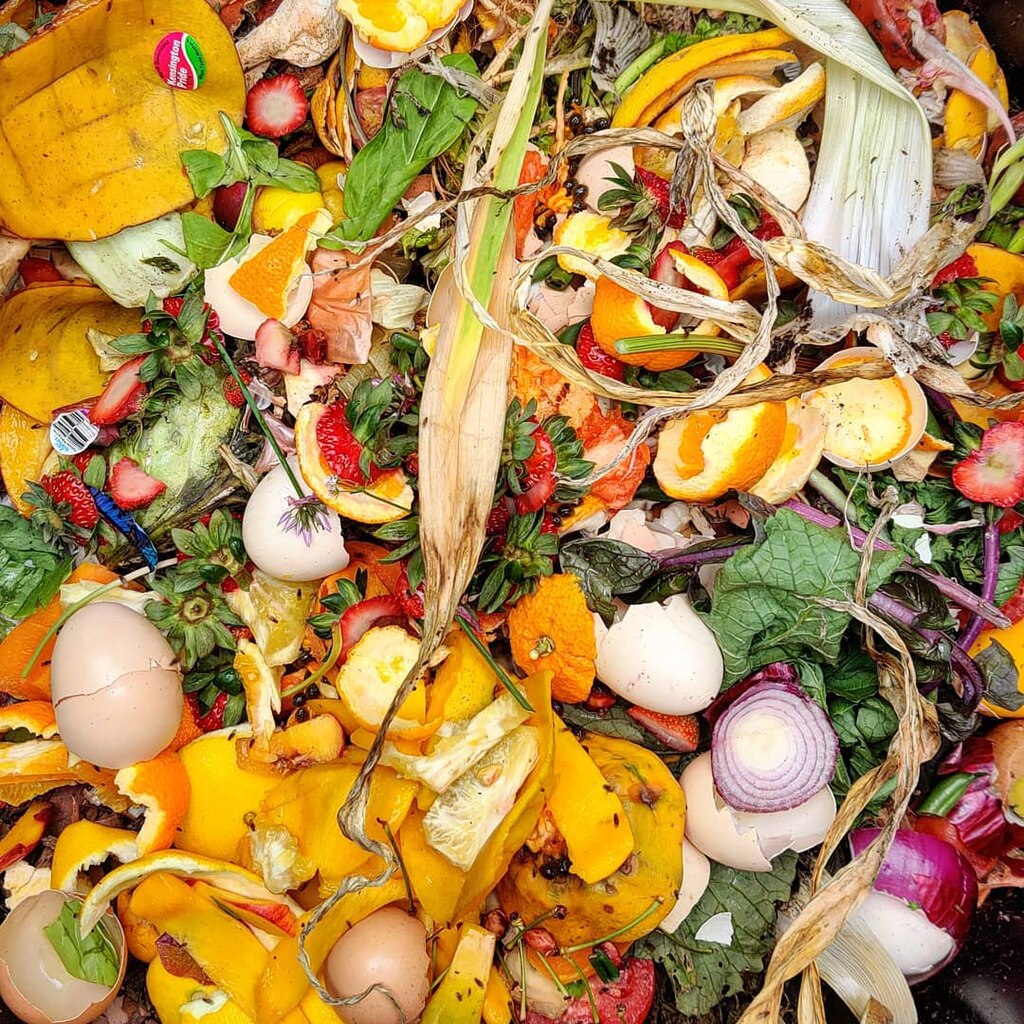Agriculture, Vol. 15, Pages 1859: Sustainable Management of Bacterial Leaf Spot in Bell Pepper by Biological and Chemical Resistance Inducers
Agriculture doi: 10.3390/agriculture15171859
Authors:
Pisut Keawmanee
Ratiya Pongpisutta
Sujin Patarapuwadol
Jutatape Watcharachaiyakup
Sotaro Chiba
Santiti Bincader
Chainarong Rattanakreetakul
Bacterial leaf spot, particularly in chili peppers, is major concern worldwide, particularly in chili peppers. Enhancing pepper resistance to bacterial leaf spot addresses a key agricultural challenge while minimizing chemical usage. In this study, the efficacy of plant resistance inducers (PRIs) in controlling bacterial leaf spot in peppers was evaluated through molecular and secondary metabolite analyses. Pepper plant seedlings were treated with salicylic acid (SA), acibenzolar-S-methyl, β-aminobutyric acid, chitosan, Bacillus subtilis B01, and B. velezensis CH6 and inoculated with Xanthomonas euvesicatoria pv. euvesicatoria. Disease severity was assessed, and the expression level of genes (PR-1, PR-2, PR-4, and CAT) and the abundance of secondary metabolites were analyzed via quantitative PCR (qPCR) and gas chromatography-mass spectrometry (GC-MS), respectively. Soil drenching with B. subtilis B01 produced the best effects, reducing the disease severity by 80% and significantly inducing PR-1 expression 24–48 h post-treatment. SA was similarly effective in inducing systemic acquired resistance (SAR), while β-aminobutyric acid primed antioxidative defenses through sustained catalase (CAT) expression, and chitosan induced PR-4. GC-MS analysis revealed secondary metabolites associated with systemic resistance pathways including SAR and induced systemic resistance (ISR). Herein, B. subtilis B01 and SA were identified as potent resistance inducers that reduce the disease severity of bacterial leaf spot and activate key defense pathways in pepper plants. These findings contribute to the development of sustainable, integrated disease management strategies.
Source link
Pisut Keawmanee www.mdpi.com


